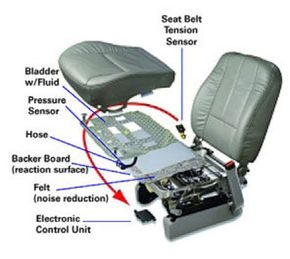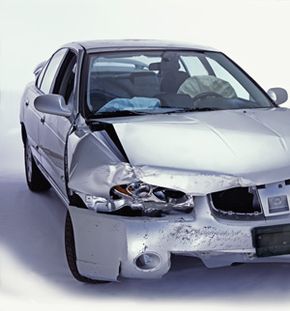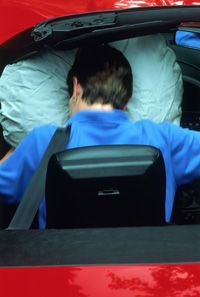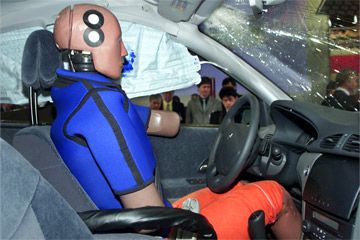When airbags became required equipment on all U.S. automobiles in the 1990s, they represented a big leap ahead for vehicle safety. Prior to that, drivers and passengers had little more than their safety belts to restrain and protect them in the event of a collision. Since their introduction, airbags have reduced driver fatalities by 29 percent and passenger fatalities by 32 percent [source: Insurance Institute for Highway Safety].The National Highway Traffic Safety Administration reports that in the three decades leading up to 2017, frontal air bags saved 50,457 lives.
While airbags save lives, they aren't perfect.For children and people of small stature, the impact of an airbag inflating at more than 200 mph can cause permanent or deadly head and spinal injuries. This is the reason that drivers are told to put smaller passengers in the back seat. It's a law in some states. But what if you are carrying several passengers in the backseat and have to put a child up front? What if you drive a two-seater car?
Advertisement
For that reason, car companies are required to equip certain vehicles with Occupant Classification Systems (OCS)— a system of sensors that detect who's sitting in the passenger seat. OCS eliminates the need for an on/off switch for airbags in most cases because it uses sophisticated computer technology to identify whether an adult or a child is in the seat.
Before we take a look at Occupant Classification Systems, let's review how the airbag itself works. In the event of a crash, a sensor triggers a nylon bag inside the steering wheel, door and/or dashboard to instantly fill with compressed nitrogen gas. The goal of this is to cushion the occupant from a powerful impact.
In this article, we'll explore the development and use of Occupant Classification Systems, and look at why airbags are still no replacement for safety belts.
Advertisement






